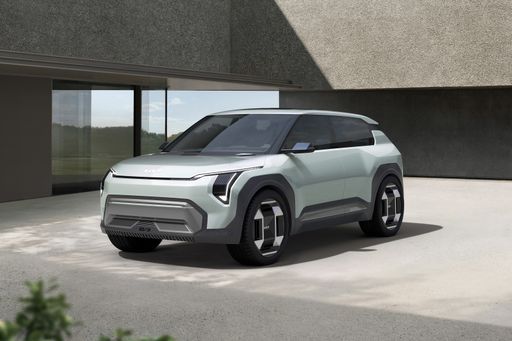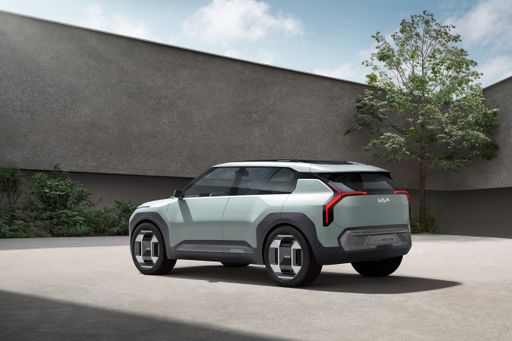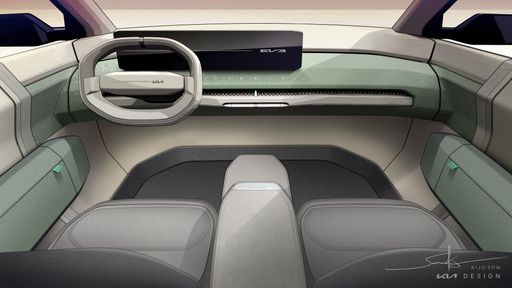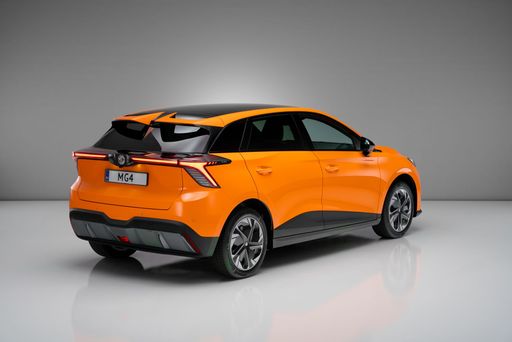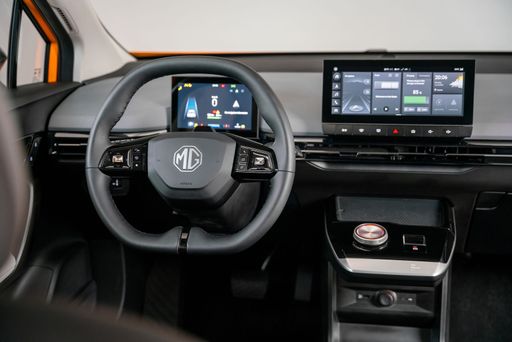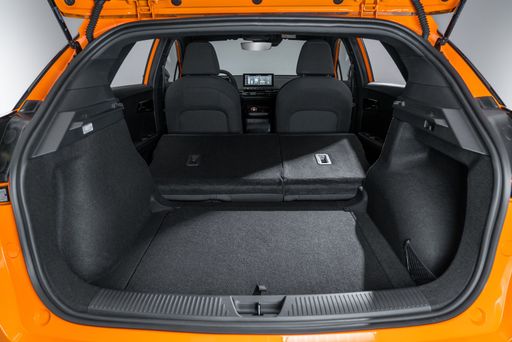Kia EV3 vs MG MG4: A Head-to-Head Comparison of Two Electric Compacts
As the automotive industry evolves, electric vehicles (EVs) have taken center stage, promising eco-friendly alternatives without compromising performance. Among the recent contenders in this space are the Kia EV3 and the MG MG4. Both vehicles offer unique features and appeal, yet each caters to different aspects of the electric driving experience. Let’s dive into a comprehensive comparison of these two innovative models.

